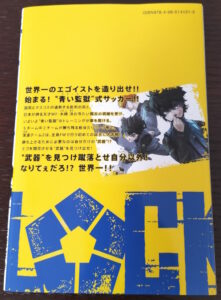Recently, I came across an interesting article in the newspaper. The article is titled, “Gas Poisoning ‘Special Drug’ Expected” (subtitle: Doshisha University Develops Antidote for CO and Other Poisonous Compounds).
https://www.ytv.co.jp/press/kansai/186719.html (Yomiuri TV News (Japanese only))
According to the article, a team led by Doshisha University professor Hiroaki Kitagishi (organic chemistry) has developed a compound that detoxifies gas poisoning caused by carbon monoxide (CO) and hydrogen cyanide. The team aims to put the compound to practical use in emergency situations as a “special medicine” against gas poisoning, which is a leading cause of death in fires.
The press release can be found on the website of Doshisha University, to which Professor Kitagishi belongs. The research results are scheduled to be published in the Proceedings of the National Academy of Sciences of the United States of America (PNAS) and will be available online on February 21, 2023 (Japan time). A link to the paper is also introduced, so please take a peek if you are interested. It is an open access paper, so it can be viewed and downloaded for free.
Since there was a press release, I assumed that a patent application had already been filed, so I searched the Japan Patent Office’s J-PlatPat system for the patent application. I found a registered patent application for a “cyanide antidote. Surprisingly, the right has already expired and is in the public domain.
(Japanese Patent No. 5619500, filed July 12, 2010, registered September 26, 2014, terminated September 26, 2019 due to non-payment of pension).
In addition, a Google search shows that there is a history of research on antidotes for toxic gases generated during fires that has been conducted since around 2010 by a group at Doshisha University led by Professor Kitagishi and a group at Tokai University led by Professor Akira Kawaguchi. In other words, it seems that the latest version of a compound that has been studied for quite some time has been announced, leading to this article.
The word “antidote” reminds me of atropine, which became known after the Tokyo Subway Sarin Incident, but I was a little surprised that there could be an antidote for carbon monoxide poisoning as well!
Carbon monoxide produced in a fire, for example, is colorless and odorless, and has the frightening image of causing death before you know it. I can’t help but hope that the use of antidotes at emergency scenes will be realized as soon as possible and that as many lives as possible will be saved. (blink)




